What follows is a crude translation of the original in spanish. Please forgive any grammar errors.
Familiar Game Jam’s fifth edition (#familiargamejam5) finally ended this last Sunday: 48 hours to create a game according to a preset theme to be announced at the beginning of the event. These 48 hours became 49 thanks to daylight saving time adjustments but the extra hour was not enough to cover my expenses at the theme: “Desconstruction (deconstruction is not destruction)”.
My first impressions when I read about the theme weren’t good. Always ready to make things more difficult than they really are I inmediately associated the theme with a philosophical movement (of course, that’s easier than say… Deconstructing a lego figure or the deconstruction of a spanish omelette according to modern cuisine). I tried to document my self for a bit, coming across pieces such as:
[https://en.wikipedia.org/wiki/Deconstruction] This
[http://dictionary.reference.com/browse/deconstruction] or this
[https://litlove.wordpress.com/2011/12/01/derrida-for-dummies/] or that… I surrender.
I read these things for what seems like an eternity now and thought that I could pass on the event. How could I take those ideas to a game?. Fortunately I wasn’t home alone and could have an interesting conversation that set my ideas straight… For example: opposite concepts are often intertwined to the level of one being a part of the other. Of these opposite concepts one has good connotations, there’s a gradation between them… You get the drift: you can think about game mechanics, opposite game mechanics, gradation of game mechanics… This opened the door to a brainstorming session with interesting concepts (arguably some of them more related to the theme than others):
If the objective of the game is “to win” and the opposite is “to lose” you can desconstruct that by eliminating death, thus forbidding the player from losing.
The objective of the game is “to lose”.
The objective of the game is “to die”.
“To win” includes “to lose” on its basic concept.
These ideas are a far cry from the final concept. When that final concept finally came to be we were like three hours into the jam but anyway, we came around some basic guidelines as we toyed with the ideas:
Game mechanics and player abilites gradually dissapear along with the “obstacles” that motivate their existance.
Each level will have a prevalent game mechanic (that will dissapear when the level is done).
The level names will be related to the their main game mechanics.
When each level is done there will be feedback to the player related to use of said game mechanics.
These ideas are nearer to a “plataformer” than they seem. The missing link is the list of game mechanics that could dissapear. They went like this:
Shots and things to shoot at.
Keys and doors.
Jumping.
Improved abilities.
Scoring system.
Lives.
Ladders.
Crouching to avoid things.
Crates containing bonuses.
Running.
This list was cropped until only a small set of the ideas remained: gradually the player would lose the ability to shoot, score and, finally, to die. From here the ideas came fast: a central hub, doors leading to levels to be explored in any order, once the level is done, a game mechanic dissapears and the player comes to the hub again. Once all levels are done, the hub is transformed and the game ends. Minus explicit jumping, there’s your platform game.
Some ideas were rejected early (like losing the ability to jump), specially those that weren’t too related to the theme. Right now I don’t really know if the game can be percieved as related or not to the theme: I would like to think that certainly there’s “deconstruction” going on there even if it’s just a classic platformer, but I digress… Back on track: before getting to the code itself I made the effort of organizing all aspects of the task so they would fit into the weekend: first night would be devoted to the prototype, first morning would get all game dinamics done, the afternoon would accomodate level design and at night I would do graphics. Sunday morning would be all about implementation details - game ending, game over, title screen, music, sound… Satisfied, I finally took to my desk.
I think the first prototype was ready a bit after 00:00AM: it was just a red box, jumping on gray boxes and picking up blue boxes, all over a black background. I understand that modern development tools or pre-made engines would have taken me there sooner but, to be honest, I could reuse a lot of code from earlier proyects (collision routines, display classes, input code…). Anyway, this is not meant to be a minute-by-minute project log. Let’s just say that the initial task list was wrong: bugs were crawling among the hours, graphics were pushed further in time along with music… Not everything went bad (level design was right on track) but for every victory there was a defeat (I am looking at lost time writing in platforms that dissapear…).
Fortunately I had an ally to cover my back… In the previous game jam I didn’t have any external tools to create the levels, organizing sprites and animations. I think I did some kind of analisys of that game and mentioned that I needed new tools (they were done scance weeks after the jam). I had the chance to test them out in the field and they proved satisfactory: Saturday night I had all levels ready, some animations done and a playable game in my hands. I don’t think I could have done that without said tools… Tools used or not, they weren’t helpful during the final hours, quickly cramming sounds and music, implementing a real game over and ending screens. In time I will forget about that frustration and be left with the satisfaction that I really made something (even if it sucks).
So, development issues aside there are a couple of more things I’d like to talk about: lessons learned, undelivered features, the whole idea of the game… What about the lessons?.
I really gotta work on my planning skills. This time it wasn’t so bad, but last hour rushes to implement things that should have been thought during the first day. I guess it’s not enough to plan ahead, you’ll also have to know the paths of development like the palm of your hand, plan ahead for bugs and resources, plan for shower and eating time…
I must learn to let go. Specially to let go of costly ideas. Specially when they are taking a lot of time. Specially when they aren’t really important to the game and are just a coder’s challenge (I am looking at dissapearing platforms)… It’s not only that they took a lot of time to implement, it’s also that they don’t really provide anything meaningful in the levels and that time could have been better spent.
Look for a graphic artist… Winter is a step ahead from my previous Familiar Game Jam effort in the sense that there’s really a palette and a theme. Still, I don’t think that’s enough. I don’t know what’s wrong, maybe it’s the level design or maybe the artwork is just… ugly. Anyway, it’s not enough.
And the same thing with music. I had the piano idea early on (maybe too much Gwyn Theme in Dark Souls?) and I really like it, I think it adds to the theme but I never considered different pieces for the intro state or for different levels.
And the the same with souds. One nice idea was to have all sounds being piano notes, so they contribute to the soundscape. Then you realise you have only a few hours left and end up doing a copy-paste from previous projects.
One lesson learned and applied: build a Microsoft Windows executable. Last time it took a long time to provide Windows users (a majority I’m guessing) with a build for them. This time I was ready and the build was ready the following morning, along with Ubuntu Linux 64 and 32 bit.
One that I keep telling myself: don’t make a grid-based platformer where the player is smaller than a cell. Specially if the player is really thin. Really, just don’t. You’ll end up with a lot of empty space in your world. Also, try other sizes than 32x32.
And the last lesson: if this event is about making a game and a game is supposed to be fun… Is this the place for someone that won’t forget that he is a coder?. Is it really the point to try and make clean and nice code or should I just cram a lot of arrays there and focus on the game?. I seem to be unable to forget that about coding for a minute.
A different list… If I had to do it all over again, would I change anything?. Yes.
I would sell the concept better. This is just a platformer unable to express the idea if I am not screaming it at you as you play (more on that later).
I would make a final level, conditioned to the previous experience and would add a different ending (something more expressive in a visual sense).
I would make a better game over level (I am pretty sure there’s a glitch there… What can I expect from the two minutes it took?).
I would try and participate on-site. Being at home is nice and cozy but I would like to get to experience the feeling, the people, learn a bit… Of course, next edition I will back down.
I would finally surrender to ttf fonts. These bitmap fonts are not cutting it anymore.
I would give each level a descriptive name, with big words and a forced pause to read them, so there’s some exposition there.
I would respect the initial idea for the main level hub. There was supposed to be an icon over each door representing the mechanic of the level. I don’t think it would have taken more than 10 minutes in Gimp and a couple in the level editor. In return, the player would have experienced a better understanding of the game. Right know you just enter a door without knowing what’s behind.
I would have made a better use of the main mechanic for each level. The levels were designed with the mechanic in mind (for example, the one that is supposed to strip you from limited lives was a maze of rooms with many ways to die) but as I tested the levels I made some adjustements without considering the mechanic itself.
I would have respected an original idea : keep track of how the game is played and show it in the hub. Are you shooting a lot?. Are you going out of your way to get bonuses?. Is the game reminding you of that because it is important?.
I would’t condition the exposition to the visual resources. Example: each time a block of levels is finished you get a small transition with a text. This text is contained in a tiny, tiny box. So tiny you can’t fit three words on a line. The tiny box was drawn that way. Did I make a bigger box?. No. I worked the texts around the boxes and prayed for short sentences. I would have taken the time to design these visual elements in place.
And again, I would have sold the concept better. I’m not saying that Winter is a good game but a lot of the message is lost in translation: all that is seen is a plataformer with ugly artwork. You really need to take your time to get a message (if you ever do get one).
As for the game’s idea… It is an exploration of what I understood on my readings about desconstruction. Some of the initial ideas I scribbled were “The understanding of dinamics and laws of the game, end the conflict and the gameitself” or “Each life is an iteration slightly different from the previous one until the game is easy”. I took to heart two of them:
Game mechanics don’t exist in a void but as a reponse to “obstacles” or “needs”.
As “obstacles” or “needs” are removed, the game starts to look “pure”.
It sounds like a lot of high level stuff but maybe I’m just a dirty charlatan. More stuff: Winter didn’t have a name during most of its development. The first title was “The Gallery” (hence the portrait in the cover) and it was inspired on the way that some levels in the “Lives” cycle look. It was later suggested by my significant other to use “Winter”, which we instantly liked. Around the same time that the title took form, three “game ending” texts were written. I choose the one you can see now.
In retrospective, Winter seems like a good title. Also in retrospective I think that the game’s theme (apart from the one in the jam) is about winter coming over autumn. Weird?. Well, it’s was not exactly conscious but the plater is completely white, colors are cold and enemies have autumn tones. Also, as autumn goes on, leaves (like game mechanics) are stripped from the core until there’s only a foundation left. I was so convinced of this approach that I changed the projectiles from fireballs (cliché warning) to snow flakes. I think that the spartan and silent intro title, the game (cold tones, piano music, very quiet sounds) and the ending text support this interpretation.
And I think I have been rambling for way too long. I am proud of Winter?. Of course I am!. Even if it’s just one of the projects that suck (so far, abysmal ratings :D) and you must do in order to make some truly great, it’s something I’ve devoted my time to, something I’ve done (like in “get things done”) and it’s trying to tell you something. Without this text that something will be probably lost but at least I tried to shine some light behind the platformer.
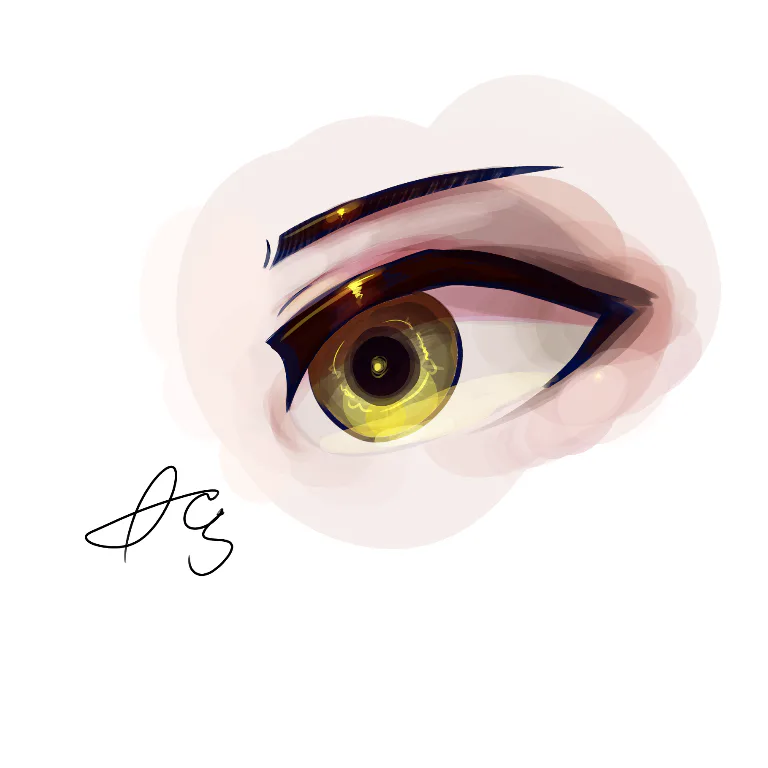

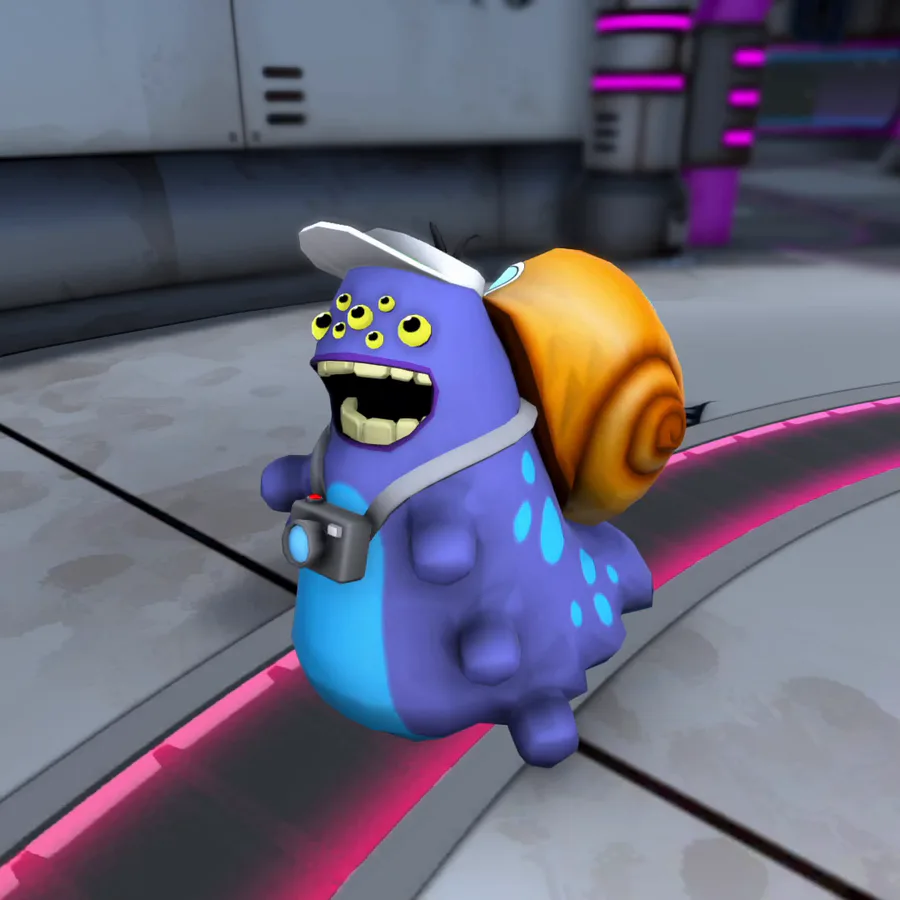
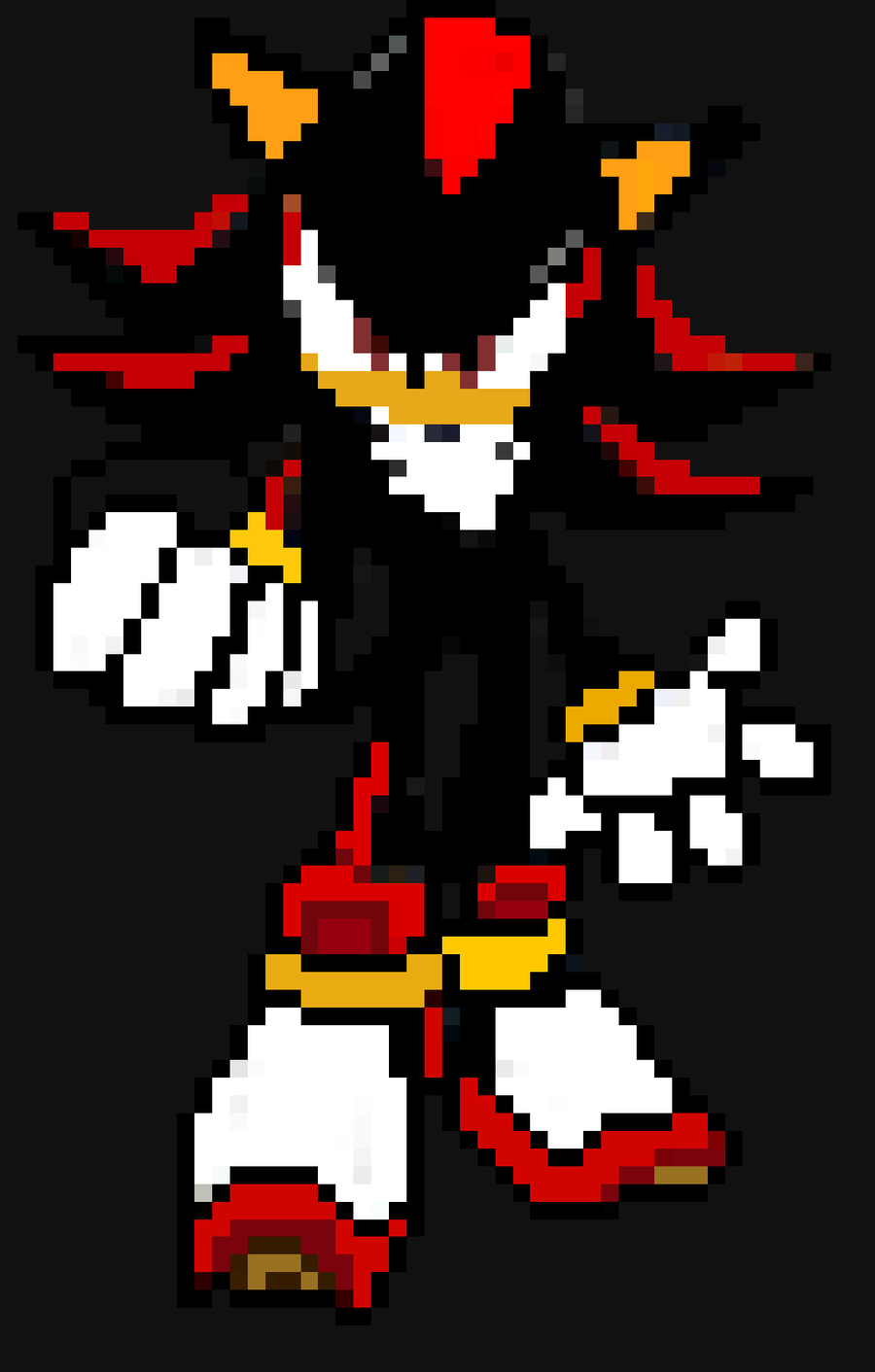
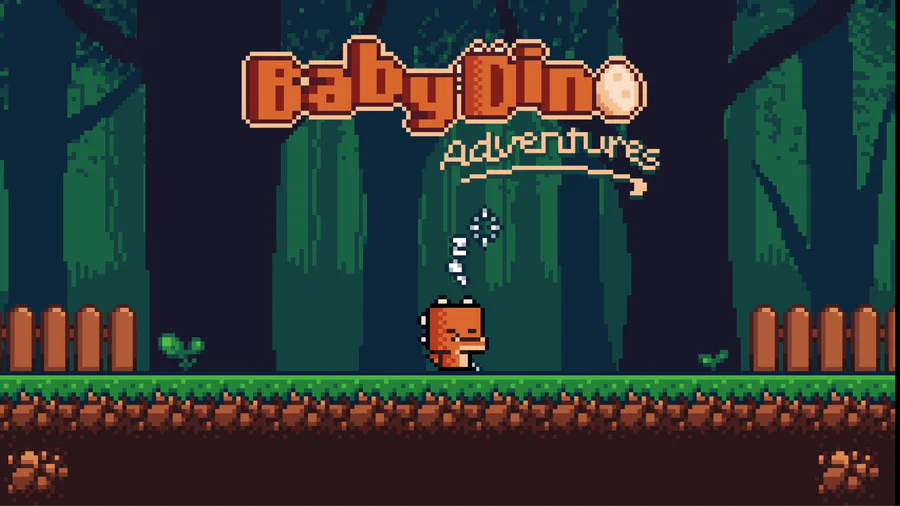

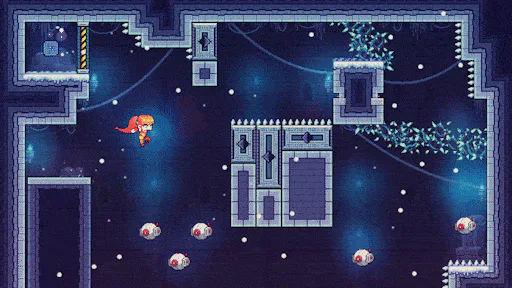
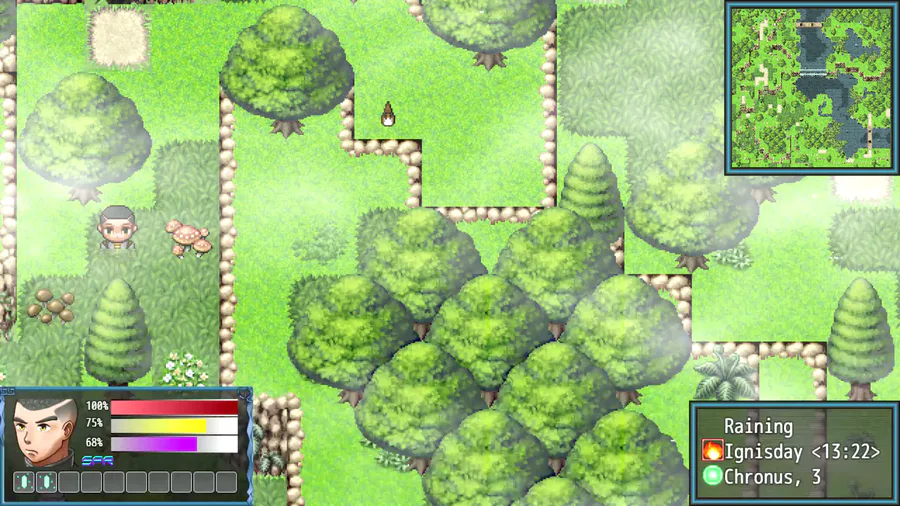
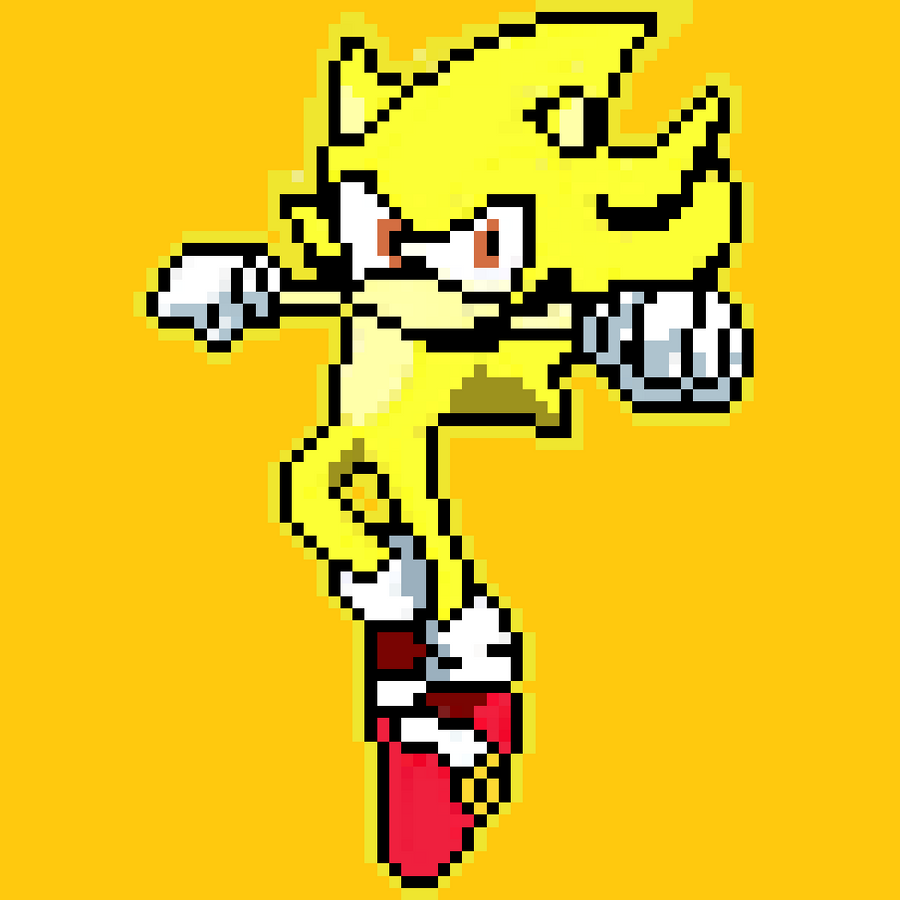

0 comments